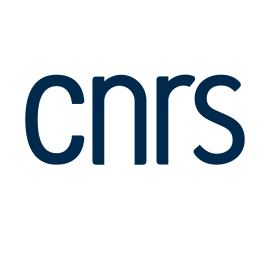Séminaire par Jean-Paul Chapel / CRPP - Pessac

Lundi 22 octobre 2018 - 14h - Salle Maroni / MHT
Jean-Paul Chapel, chercheur au Centre de Recherche Paul Pascal à Pessac fera une présentation intitulée: Impact of the formulation pathway in macromolecular assembly Insight into Polyelectrolyte complexes
Is the formulation of colloids and macromolecules that easy? Can we fully control and predict out-of-equilibrium assemblies? A central question for academic laboratories and industries where formulation is a key step; and surprisingly scarcely investigated in the literature. We have tackled this issue and recently shown that the formulation pathway or the ways the various components come into intimate contact strongly influence the final morphology and properties of the complexes. To go a step forward we have undertaken to link formulation pathways, morphologies and thermodynamics. After a general introduction, I will illustrate our approach and the different tools we have developed so far in the context of Polyelectrolyte complexes (PECs). Indeed, a large body of work has been devoted to the preparation, morphology characterizations and performances of such PECs. Much less attention was paid on the microscopic structures and formation kinetics of such strongly interacting systems, which often occurs under non-equilibrium conditions due to the relatively low mobility of macromolecular chains and the possibility of multivalent interactions. Depending on the strength of the interaction, at charge stoichiometry the complexation proceeds either through a liquid-solid or a liquid-liquid phase separation leading to the formation of a solid precipitate/aggregate or a liquid complex coacervate, respectively. The aggregates are out-of-equilibrium structures very sensitive to the formulation pathway whereas the coacervate phase is in equilibrium with the polymer-poor phase (supernatant).


